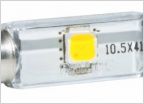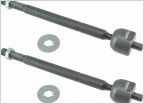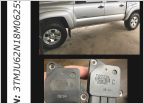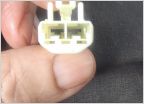-
Welcome to Tacoma World!
You are currently viewing as a guest! To get full-access, you need to register for a FREE account.
As a registered member, you’ll be able to:- Participate in all Tacoma discussion topics
- Communicate privately with other Tacoma owners from around the world
- Post your own photos in our Members Gallery
- Access all special features of the site
2015 Taco spark plug confusion???
Discussion in '2nd Gen. Tacomas (2005-2015)' started by dfertig84, Jul 1, 2020.
Page 4 of 6
Page 4 of 6


 Philips LED Dome light
Philips LED Dome light Tie rods (4x4) where'd you get yours?
Tie rods (4x4) where'd you get yours? MAFS issue
MAFS issue 2nd blower motor, resistor, and connector replacements. Year 2021
2nd blower motor, resistor, and connector replacements. Year 2021







